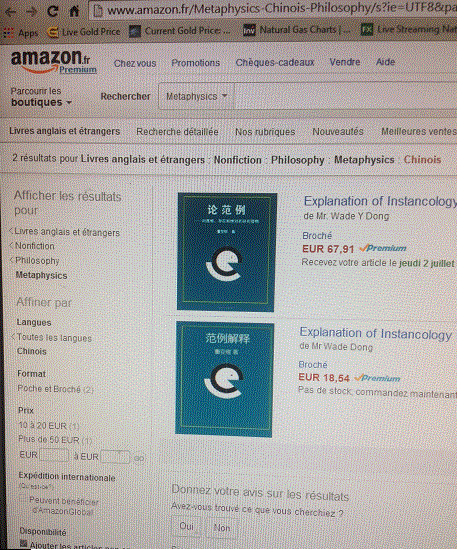Reverse Principle in Micro vs. Macro Worlds
Reverse Principle in Micro vs. Macro Worlds
1. Traditional Thinking
Micro World: The realm “beneath” appearance—particles, fields, quantum events; the “parts.”
Macro World: The realm of everyday reality—wholes, systems, lived experience; the “whole.”
Classically, the relationship is seen as one-way:
The Micro World “builds up” the Macro World from the bottom up (reductionism).
The Macro World is just an emergent illusion from Micro processes.
2. Instancology’s Reverse Principle
Reversal:
In Instancology, the Micro and Macro Worlds are not simply in a hierarchical or linear relationship.
Each can be seen as producing the other, depending on perspective.
In the Micro World: Motion generates matter—the “parts” precede the “whole.”
In the Macro World: The presence of the “whole” gives meaning and existence to the parts—they have significance as parts of a whole.
Key Point:
Boundary Reversal—The point where matter emerges is not just a “bottom-up” transition but a mutual emergence. The Whole (Macro) gives identity to its Parts (Micro), and the Parts (Micro) constitute the Whole (Macro).
3. Practical Illustration
Example: Water Molecule
Micro: H?O molecule is made from two H and one O atom (parts precede whole).
Macro: The concept of “water” (the whole) determines which molecular arrangements count as water (the whole gives meaning to parts).
Example: Quantum Physics
A quantum “event” (micro) only becomes a measurable fact (macro) when observed—observation (macro) defines what counts as an event (micro), and vice versa.
4. Deeper Ontological Point
Neither Micro nor Macro has absolute priority.
They are reversible in explanation—each is necessary for the existence and identity of the other.
The Reverse Principle dissolves the reductionism vs. holism debate:
Not “from parts to whole” (reductionism)
Not “from whole to parts” (holism)
But a reversible, reciprocal relationship grounded in the logic of the Instance.
Summary Table: Reverse Principle in Micro/Macro Worlds
Traditional View Instancology (Reverse Principle)
Micro → Macro (parts build wholes) Micro ? Macro (mutual, reversible emergence)
Reductionist or Holist Instance-centered, dynamic reversal
Causal hierarchy Reciprocal constitution
Bottom Line:
The Reverse Principle is fundamental to understanding the dynamic, ontological relationship between the Micro and Macro Worlds in Instancology. Each world’s existence and meaning can only be fully understood by recognizing their reciprocal, reversible relationship—not privileging one over the other.
